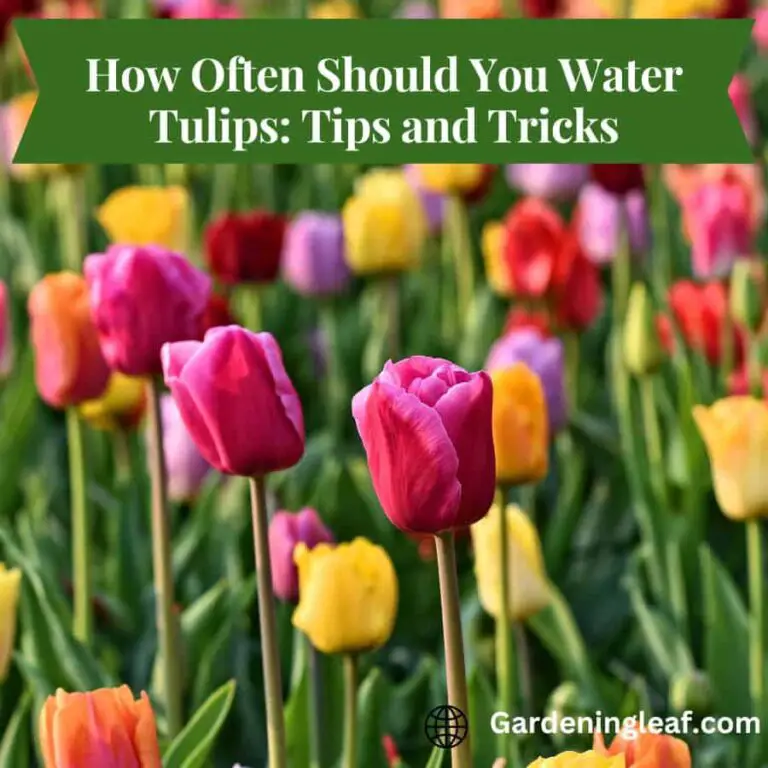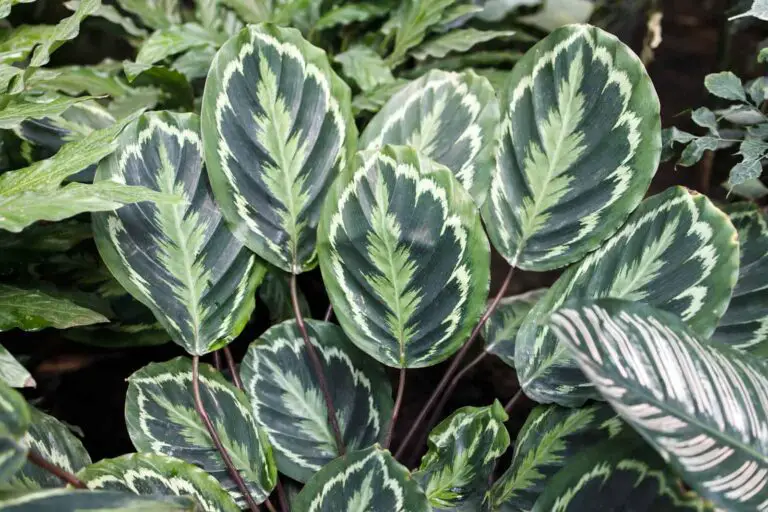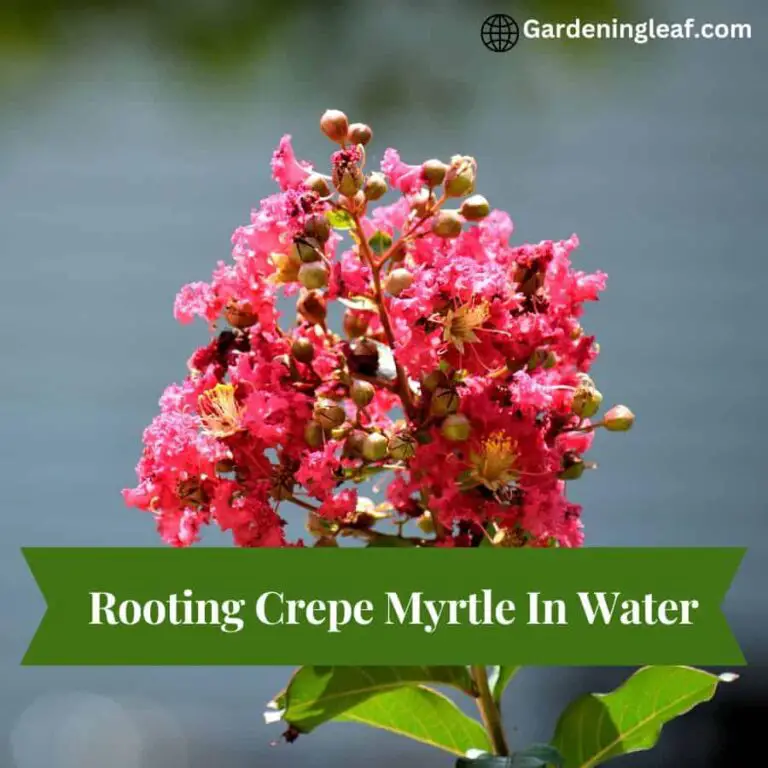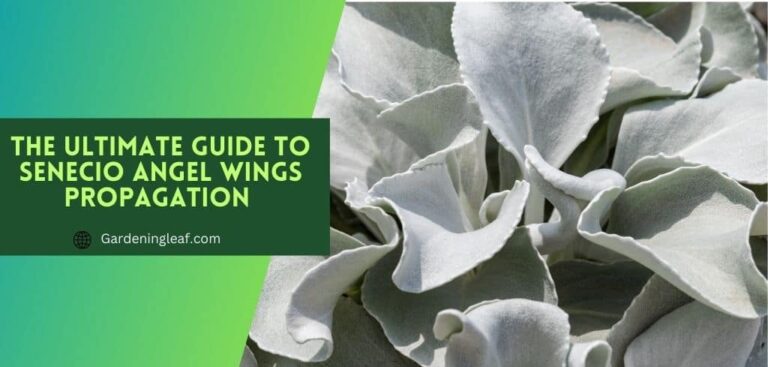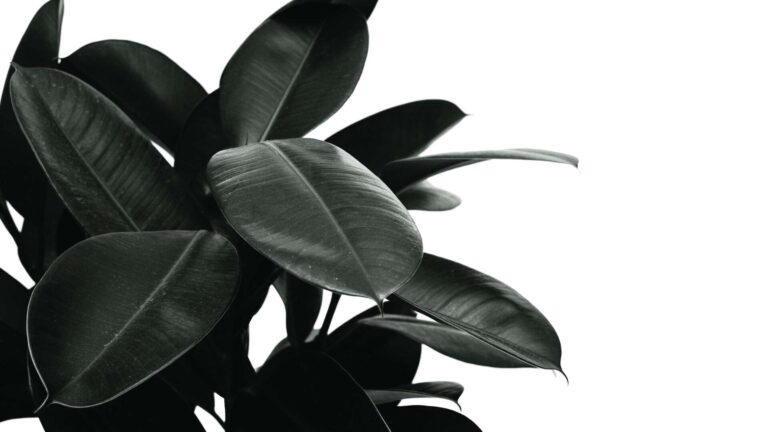Does Snake Plants Need Drainage Holes
Snake plants, or Sansevieria, have gained widespread popularity as houseplants owing to their robustness and adaptability in low-light conditions. These green wonders uniquely filter harmful toxins from the surrounding air- providing remarkable benefits as an indoor decorative option! However, proper care must be taken.
One of the essential aspects is ensuring adequate draining of your snake plant pot! The absence of proper drainage channels may lead to overwatering. Since water gets trapped within soil layers causing harm and ultimately leading to possible death. This article provides comprehensive insights into why Does Snake Plants Need Drainage Holes to maintain the stability of snake plants.
Read More:- How To Prune A Snake Plant – The Quick & Easy Way
Does Snake Plants Need Drainage Holes
As any expert will tell you, proper drainage is critical to maintaining healthy snake plants. Excess water can accumulate within the container without adequate drainage holes in the soil. It causes serious damage over time, such as root rot or death.
Snake plants have an impressive capability to endure drought. These plants can subsist with minimal water; interestingly, they are more susceptible to harm caused by excessive watering than underwatering.
How to provide Snake Plant Proper Drainage
There are several ways to provide drainage. The most common way is to buy a pot with drainage holes. This will let the excess water in the pot drain away, leaving the plant’s roots well-aerated and giving them room to breathe. If you don’t want to buy a pot with holes, you can also create drainage by adding rocks or pebbles to the bottom of the pot. This will create an elevated layer that allows water to drain from the bottom of the pot, preventing the roots from becoming waterlogged.
Healthy snake plant don’t like to sit in wet soil. If the soil doesn’t drain properly, the water won’t be able to evaporate, resulting in waterlogging. This could cause root rot, which would ultimately kill your snake plant.
Use potting soil specifically made for succulents and cacti to ensure your snake plant is properly draining. This potting soil has a higher ratio of sand and gravel, which helps promote good drainage. You should also check the holes of your pot for any debris or blockages, as these can prevent proper draining.
Finally, it’s important to ensure that your snake plant has a layer of gravel at the bottom of the pot. This stone layer will help keep excess water away from the plant’s roots, promoting better drainage and preventing root rot.
Start spraying water over the top layer of the soil with a spray bottle or injecting water directly into the soil with a syringe. Make sure the soil is just moist, not waterlogged. After that, check the plant’s moisture content with a moisture meter. This method allows you to easily monitor your snake plant’s water needs and provide the perfect amount.
Problems Resulting from Poor Drainage
Waterlogging:
If your snake plant does not have a Drainage hole. The first challenge that you will face is waterlogging. When you give water to your plant, Soil absorbs the needed water, and the Drainage hole allows you to bypass excess water. If your pot doesn’t have a hole, water can’t bypass and accumulate in the plant’s aeration root and cause fungal infection.
Root Rot
If water does not bypass the drainage hole, your plant gets Root rot and dies. It occurs when water accumulates in the plant roots, leading to wilted leaves, stunted growth, and, eventually, the dieback of the roots.
Ensure your snake plant has an adequate drainage hole to prevent root rot. Drill holes into the pot or add a drainage layer below the soil. Add organic matter (mulch) every two weeks to help lower moisture levels and suppress fungi growth.
Plant Not Growing
If you have seen no growth in your snake plant for a long time, then one of the common issues is your plant pot doint have a proper drainage system. If your plant doesn’t have any drainage hole, you need to make a hole imminently, and if you have a hole but it’s blocked. Try to add a piece of broken pottery. This will also ensure that the soil does not get washed away and block the hole.
Excess Salts and Minerals Cause Root Burn
If your snake plant’s roots get wet and rot long, it likely has excess salts or minerals in its soil. This can cause root burn (a condition where the roots become shriveled and die), so you must take action immediately!
We frequently fertilizers plants and use tap water to water our plants, which contain chlorine, salts, and minerals that are highly beneficial to plants. However, too much can harm your plants.
Excess Salts and Minerals drain out with the pothole when we water the plant. But When water can’t escape from your pot, these substances can accumulate and damage your plant’s roots. This can lead to root burn, browning leaves and roots, stunted growth, and even death.
Drill drainage holes in the potting mix or add gravel to the pot’s bottom. Watering your snake plant frequently will also keep its soil wet and mineral-free. Monitor your plant. If the root burn worsens, remove the plant from its pot. Now only solution to save the plant is Repotting it with a proper drainage hole and well-drain potting soil.
Oxygen Deficiency
when water accumulates on the soil surface instead of draining away. Its course lack of oxygen and, ultimately, damages to the roots. To prevent oxygen starvation, water the plant regularly and ensure good drainage. This will help activate the root system and ensure proper drainage.
How Do You Get Good Drainage In Your Pots?
Choosing the Right Pot
One of the most important things you can do to improve drainage in your pots is to choose the right one. Choose a pot that is the right size for the plant and root system. For plants that require deep soil to tap into moisture reserves, such as snake plants, use a large pot with good drainage. Use a smaller pot with good drainage for succulents or herbs that need shallow soil because they don’t need to tap into water reserves.
The general rule is the larger the pot, the better the drainage. Smaller pots become waterlogged more quickly and can lead to root rot. So, if you want to grow healthy plants, using a pot at least twice as wide as the plant itself is best.
Well Drain Soil Mix
Using a well-drained soil mix is important to avoid root rot in your garden. Opt for lighter, airier mixes that allow water to flow through easily. Add a layer of vermiculite, perlite, charcoal, and gravel in the soil to keep it light and improve drainage.
Keep an eye on the soil and adjust watering accordingly. To know if your soil is too wet or dry, stick your finger into the soil. if it sticks, it’s wet. If not, it’s dry.
A plant pot with a least one drainage hole
A plant pot with at least one drainage hole is essential for keeping your plants healthy and hydrated. The size of the hole is also important. The excess water cannot drain out quickly if it is too small. If it is too large, the water escapes fast, and the soil cant able absorb water. The ideal size for a drainage hole is about 1 inch in diameter. It should also be positioned towards the bottom of the pot.
It’s important to water your plants so that the soil is moist. The plant roots won’t be able to absorb water if the soil is excessively wet, and they will eventually die. On the other hand, if the soil is too dry, the plant will become malnourished since it won’t be able to absorb enough nutrients from the soil.
Add gravel or other small stones to the bottom.
Adding gravel or other small stones to the bottom of your pot before planting is a great way to ensure groundwater can easily escape through the soil surface. This can be a great way to ensure that your plants are getting adequate drainage and are not sitting in overly wet soil for too long.
Adding gravel or other small stones to the bottom of your pot is a simple and effective way to help promote healthy root growth and drainage. When selecting the appropriate gravel or stones for your pot, choose stones smaller than the size of the pot’s drainage holes to ensure water and air can pass through easily.
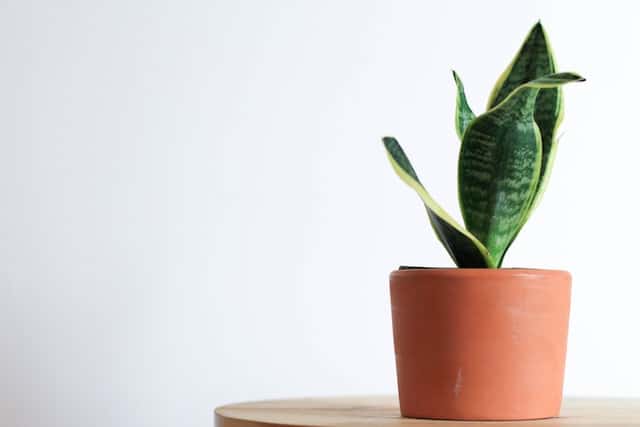
FAQs
How Does No Drainage Hole Affect Snake Plant’s Growth?
Without a drainage hole in a snake plant’s soil can potentially hinder its growth. A drainage hole allows water and other liquid runoff to be drained away from the pot, which is essential for the plant’s root system. If the hole gets too small or fails to drain properly, it can cause the soil around the plant’s roots to become wet and muddy, preventing them from taking up adequate amounts of nutrients and water. As a result, snake plants may suffer from wilting and less vigor.
How can I tell if my snake plant needs water or not?
A moisture meter is one of the most effective ways to determine if your snake plant needs to be watered. This invaluable tool allows you to measure the soil moisture level to adjust your plant’s watering accordingly. If the soil is dry, you can easily understand that the plant needs to be watered. You can also check the soil moisture by digging your finger. If it feels wet, you know that your snake plant does not require water. Just remember too much water can kill your plant.
Conclusion
Snake plants require proper drainage to ensure healthy root growth and prevent waterlogging. The soil can become too wet without a drainage hole and hinder the plant’s growth.
Potting a Snake Plant in a container with drainage holes. Then place it in a decorative container without drainage holes. It is a Great way to achieve your desired look while keeping your plant safe. This technique will allow you to easily remove excess water while providing a visually appealing display. With this simple solution, you can now enjoy a beautiful, healthy plant with the bonus of a stylish container.
In this post, I explain Does Snake Plants Need Drainage Holes and how you can manage your snake plant without holes.


